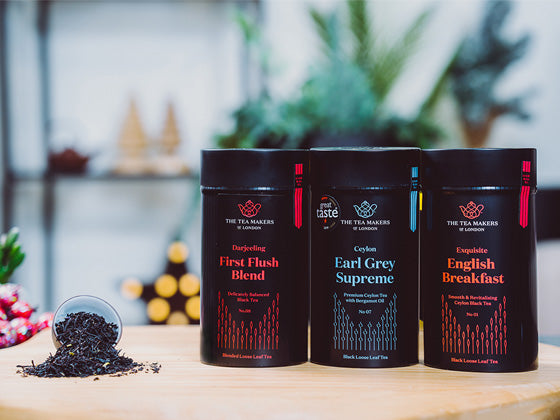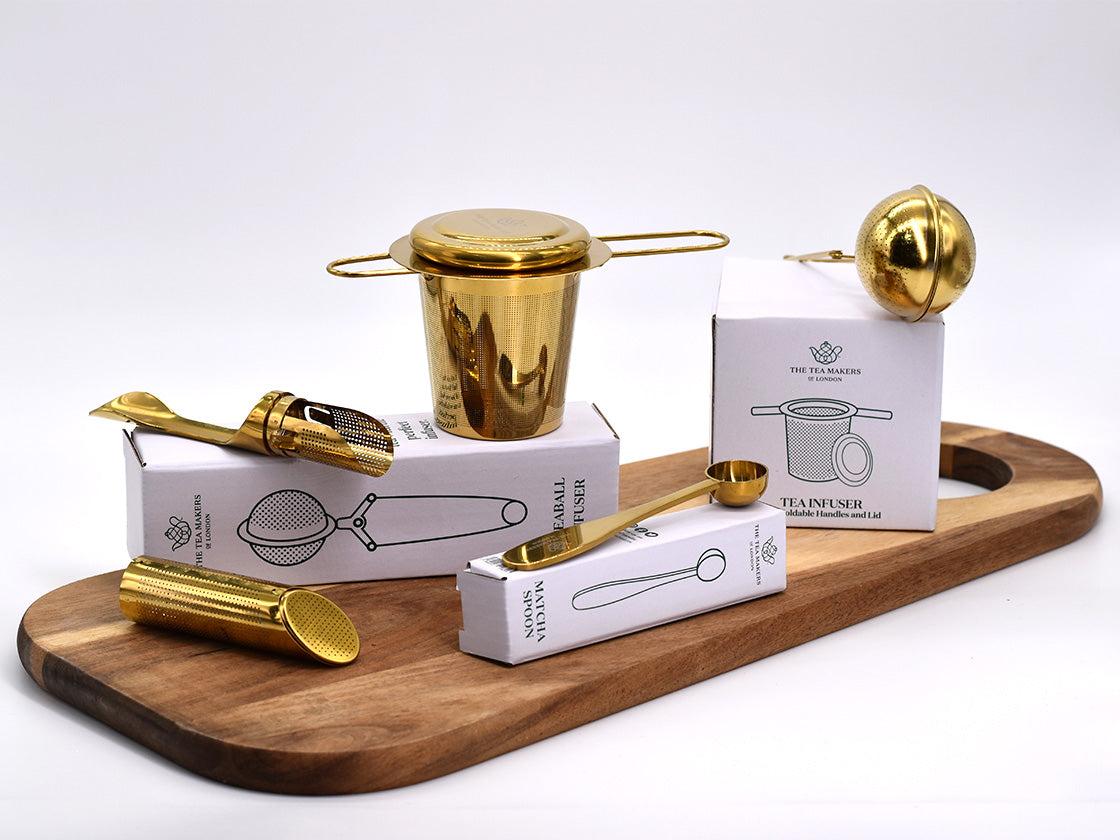Japan has a long history of tea production, and many of the best teas in the world are cultivated in Japanese tea gardens by expert tea farmers. The seeds to plant tea was first brought to Japan by monks Kukai and Saicho in the 9th century.
In the beginning, tea was only enjoyed by the elite and upper classes, often used as a medicinal drink, but a Buddhist priest named Eisai later bought tea seeds to plant across Japan, as he wished for everyone to be able to enjoy the brew.
The oldest tea region, and the region where Eisai first planted tea seeds is the Uji region. The most expensive and premium teas are still grown in this region.
All commercial tea that is produced in Japan is green tea. So you may wonder what the difference is between Chinese green tea and Japanese green tea. Well, the main difference in tea is the way in which they are produced. The Chinese favour pan frying their tea leaves, whilst in Japanese tea production, they are steamed, which produces their well-known colour and sweet, grassy flavour.
In Japanese culture, brewing and serving tea is a peaceful and enjoyable process. The Japanese tea ceremony, also known as ‘Way of Tea’ is the traditional way of enjoying tea. It can either be an informal ceremony, known as Chakai, or a formal ceremony, Chaji. This formal way of enjoying tea can last up to four hours and includes a full-course Kaiseki meal.
In this post, we will explore the best ways to brew and enjoy teas produced in Japan. You can also read more about the history of Japanese tea here.
Brewing instructions for Japanese tea
There are many factors to consider when brewing tea, from water temperature to quantity of tea leaves to how long to brew it for. Below we’ve put together a helpful guide on how to brew various types of Japanese tea.
Sencha
The most popular tea in Japan, Sencha is produced by steaming the tea leaves to stop oxidisation, then they are rolled into needles and dried. As it is very high in Vitamin C, it is also a particularly healthy choice of tea.
Brewing instructions for Sencha tea:
- Boil 200ml of water at 80 degrees. Use filtered water to enhance the flavour.
- Add 2-3g (1 teaspoon) of tea to an infuser or teapot.
- Brew for 2 minutes.
- Pour and enjoy.
Genmaicha
A wonderful blend of green tea and roasted rice, this tea is a luxurious delicacy with a very distinctive flavour.
Brewing instructions for Genmaicha tea:
- Boil 200ml of water at 80 degrees. Use filtered water to enhance the flavour.
- Add 2-3g (1 teaspoon) of tea to an infuser or teapot.
- Brew for 2 minutes.
- Pour and enjoy.
Gyokuro
Gyokuro is the most sought-after and luxurious type of green tea from Japan. The tea leaves are shaded for three weeks before harvest to minimise the bitterness of the brew. It is then produced in the same way as Sencha tea and has a mild and sweet flavour.
Brewing instructions for Gyokuro tea:
- Boil 200ml of water at 70 degrees. Use filtered water to enhance the flavour.
- Add 4g (2 teaspoons) of tea to an infuser or teapot.
- Brew for 1 to 2 minutes.
- Pour and enjoy.
Houjicha
A roasted tea, Houjicha imparts an exceptional caramel flavour, whilst retaining the creamy undertones. It is low in caffeine, making it the perfect after-dinner drink.
Brewing instructions for Houjicha tea:
- Boil 200ml of water at 80 degrees. Use filtered water to enhance the flavour.
- Add 2-3g (1 teaspoon) of tea to an infuser or teapot.
- Brew for 2 minutes.
- Pour and enjoy.
Matcha
As with Gyokuro tea, the tea leaves are also shaded, this time for four weeks, before harvest. They then skip the rolling process and are ground into a fine powder.
For instructions on how to brew matcha tea, you can read our comprehensive brewing guide.
Tips for brewing Japanese tea
For the best brew, it is a good idea to keep the tea leaves as fresh as possible. We have many airtight storage jars and containers that can help with this. We also suggest using filtered water to better the flavour of the tea.
When brewing your tea, be careful not to shake the teapot as this often leads to a bitter tasting tea. Once brewed, pour the tea gently into teacups of your choice. We have a beautiful range of glass teacups and mugs if you wish to enjoy the beauty of the brewed tea. You can also pour the tea into a pitcher and serve directly from this, which will help to ensure you do not over steep the tea.
When brewing matcha tea there are a few methods, which we have explored in our Brewing Guide for Matcha tea blog post.
Ways to further improve your tea experience
To create an intense flavour, add more tea leaves or matcha powder when brewing. Ensure to brew for the same amount of time to avoid causing bitterness.
Using specific Japanese teaware will ensure you get the correct taste from your brew.
To enhance the mellow characteristics of the tea, try ‘slow-brewing’. Boil the water at a lower temperature and allow the tea to brew for a longer period of time.









1 comment
Jeffrey Shaw
I enjoyed your talk about Japanese tea I learned alot
I enjoyed your talk about Japanese tea I learned alot